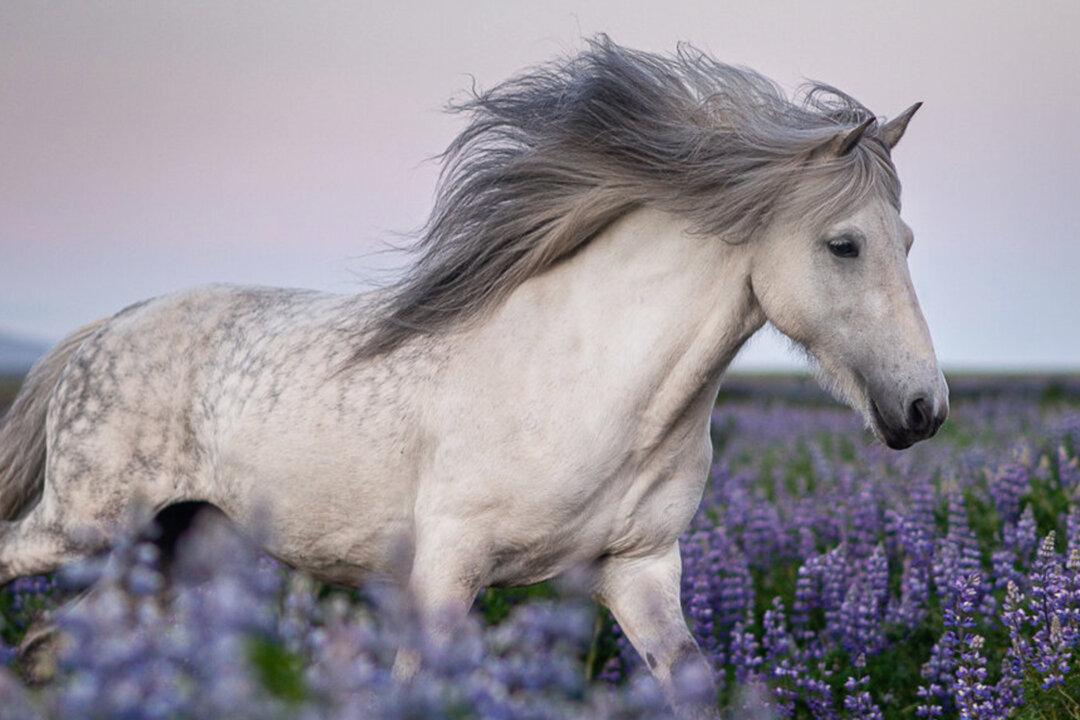A professional photographer has combined her love for horses with the stunning natural backdrop of her chosen home, Iceland, in a mesmerizing photo series where nature and animal augment one another’s beauty.
Born and raised in Helsinki, Finland, Petra Marita Leifsdóttir is in her early thirties and living and working in the Icelandic capital of Reykjavík.





